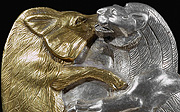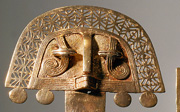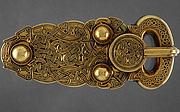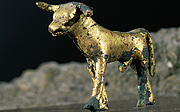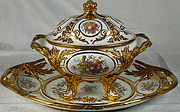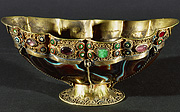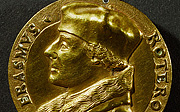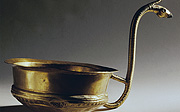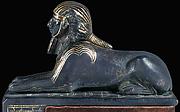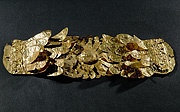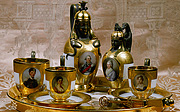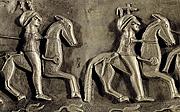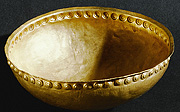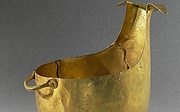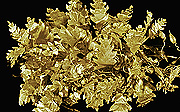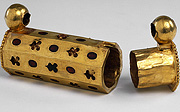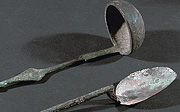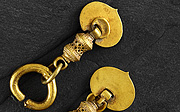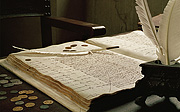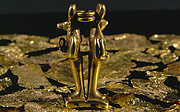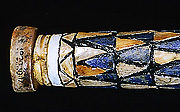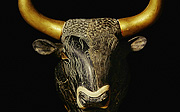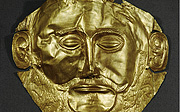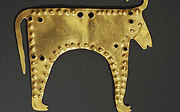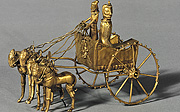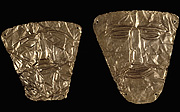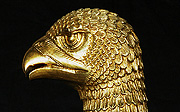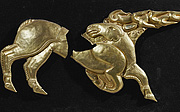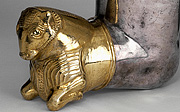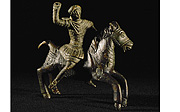
#300108 6
Gold medallion with the ascension of Christ,Early Byzantine, around 600. Two go...

#300108 7
Gold medallion with the Adoration of the Magi, obverse side of 30-01-08/6. Early...

#300108 8
Gold breast chain, Early Byzantine, around 600. A body ornament composed of two...

#30010810
Lovers' brooch, set alternatively with cabochon rubies and sapphires. The pin is...

#30010834
Gold acorn cup, c1610. Cup in the shape of an acorn, with two rams holding up a...

#30010839
The Marlborough ice pails, around 1700. These ice pails are the only surviving E...

#30010848
Gold solidus of Theodebert I, minted in the kingdom of Metz, eastern France. Fr...

#30010849
Gold solidus of Justinian I.,minted at Constantinople, 527-565. Justinian's gene...

#30010850
Gold solidus of Empress Irene (797-802). She was the first woman to rule in her...

#30010851
Gold solidus of Charlemagne, Frankish, (762 - 814). Minted in Dorestad, Netherla...

#30010855
Gold 4-excelentes of Ferdinand V, King of Castile, and Isabella, Queen, around 1...

#30010856
Mohur coin of Shah Jahangir, 1611. Gold mohur with the head of the emperor Jahan...
